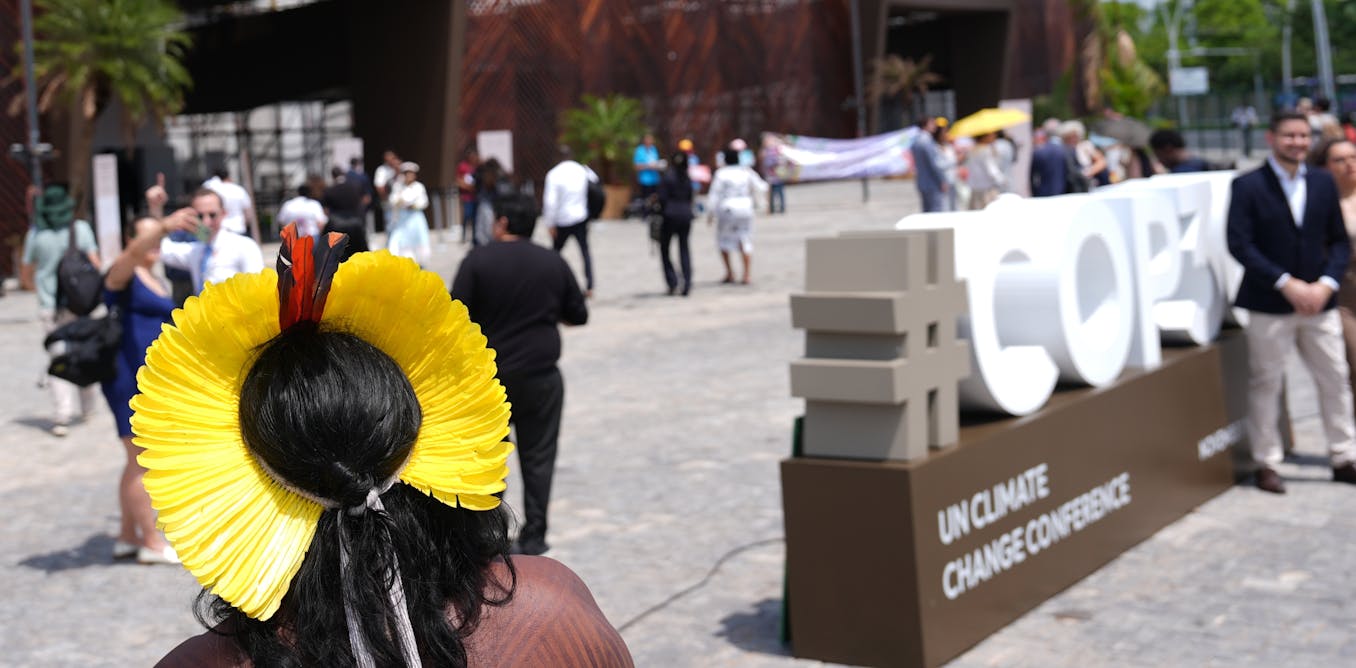This Valentine’s Day, forget the roses, lavender-scented candles, and savoy truffled chocolate. Think outside the box, or rather, the sarcophagus, and take your crush to the closest museum to sniff the mummies.
According to a new study published in the Journal of the American Chemical Society, musty crypts and the decayed remains of mummies smell-like a high end spa.
According to the Associated Press, which first reported on the study, researchers from the University College London and the University of Ljubljana set out to investigate the aromas emitted by 5,000-year-old Egyptian mummies stored at the Egyptian Museum in Cairo. The found that the smells were a pleasant bouquet of “woody,” “spicy,” and “sweet” notes, with hints of florals from embalming resins such as pine and juniper.
This study employed chemical analysis and human sniffers to sample air molecules from sarcophagi without invasive techniques. The results offer insights not just into preservation, but also into ancient trade routes and social hierarchies. Resins, oils, and waxes used in mummification served both practical and spiritual purposes, reflecting a belief in purity and an afterlife free from the stench of decay.
The team’s work raises tantalizing prospects for museums: synthetic recreations of “smellscapes” to engage visitors in ways beyond the visual. As Cecilia Bembibre noted, the scent enhances understanding of mummification as a ritual and combats the horror-film trope that bad things happen to those to disturb the dead. Still, researchers caution that modern storage and millennia of exposure may have altered the aromas.
Barbara Huber, of the Max Planck Institute, who was unaffiliated with the study, lauded its potential but told the AP there were challenges in reconstructing ancient scents. Huber previously collaborated with perfumers on “Scent of Eternity,” an olfactory take on embalming for a Danish museum. The UCL team envisions similar efforts to connect future generations with ancient practices.
While you won’t find any Amenhotep-scented incense or Tutankhamen-branded body wash anytime soon, maybe skip the movies and head to the museum for a pre-Valentine’s dinner date and imagine what February 14 was like 5,000 years ago.

The post “Ancient Mummies Smell ‘Woody’ and ‘Sweet,’ Researchers Find” by Daniel Cassady was published on 02/14/2025 by www.artnews.com



































Leave a Reply